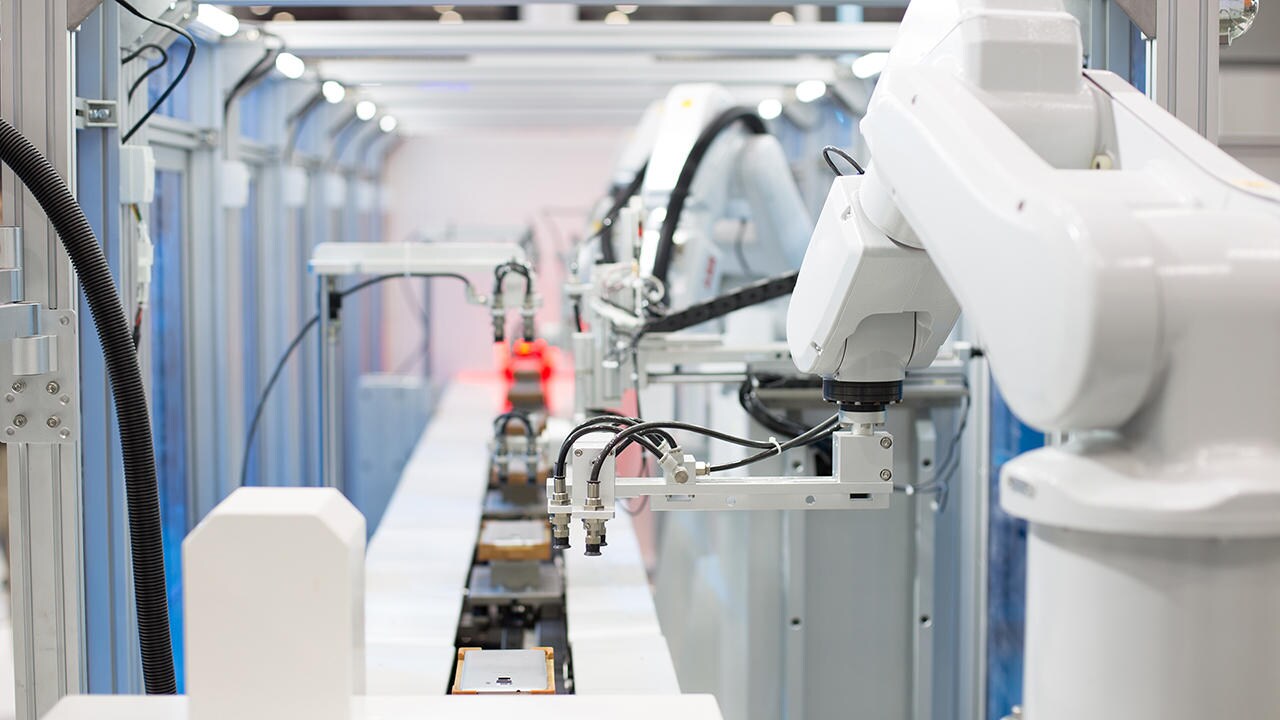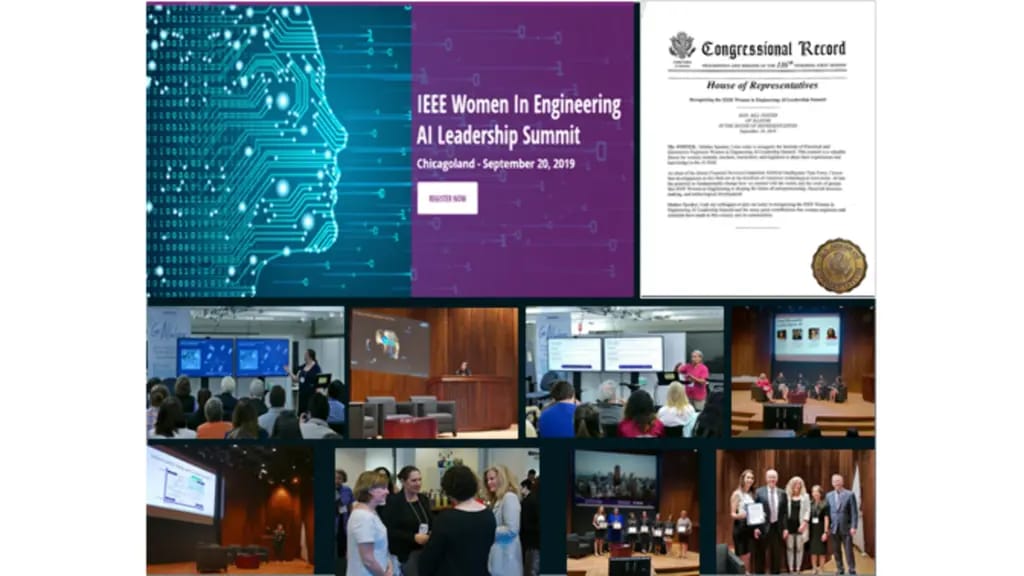Putting AI into historical perspective

Each day, my appreciation for history continues to grow. I started my career over 30 years ago at a time when nobody had a mobile phone, let alone a smartphone, the internet just began, and the World Wide Web didn’t yet exist. In 1999, I was privileged to be asked to lead our effort on the creation of the IP Multimedia Subsystem (IMS), which is the multi-access, globally interoperable, IP communications network that replaces the century-old circuit-based wired and wireless phone networks. Two decades later, it has had tremendous success in the delivery of voice over LTE (VoLTE) and will continue to evolve and deliver services in the 5G era. At the start of the journey, I didn’t fully consider all the implications of the IMS transformation — and certainly couldn’t have appreciated it as I do now with the benefit of historical hindsight.
Today, I’m a bit wiser — wise enough to hold in quiet reverence the fact that my colleagues and I could have a front-row seat from which to witness a technology that will profoundly change the world: artificial intelligence. AI research was formally started in 1956 at the Dartmouth College AI workshop, launched by a white paper that Bell Labs’ Claude Shannon co-authored the previous year. Since then, AI has gone through a number of springs and winters. During one of the springs in the late 1980s at Bell Labs, Yann LeCun developed a biologically inspired model of image recognition called Convolutional Neural Networks (CNNs) utilizing backpropagation in the training process. This led to some commercial success in the automation of bank check reading. However, soon another AI winter returned. “There was a dark period between the mid-90s and early-to-mid-2000s when it was impossible to publish research on neural nets, because the community had lost interest in it,” says LeCun. “In fact, it had a bad rep. It was a bit taboo.” Today, AI seems to be in a spring that may be very long lasting, if not everlasting.
It is in this context that I look back at some of the AI concepts and projects being researched and developed here at Nokia and Nokia Bell Labs. Our teams have re-imagined how to implement optical transceivers with neural networks. They are using reinforcement learning for massive MIMO scheduling, and are stopping margin losses in the contract review process through active learning. Nokia researchers are also creating a sensor-based deep-learning intelligent home that could transform people's daily lives, while one of our product teams has revamped supply chain management using integer linear programming and supervised learning.
AI will be a key driver for enabling sophisticated new 5G services, helping to drive the 4th industrial revolution. A nationwide 5G network could have 10,000 base stations with a million configuration parameters and 100 critical events per hour. With such complexity AI and automation is simply not optional! AI-assisted and automated root-cause analysis, self-healing, predictive maintenance, continuous optimization of parameters, and minimization of energy usage will become the norm in the future.
AI and machine learning clearly permeate Nokia Bell Labs, and this is no recent development. In March, Bell Labs alumni — and my contemporaries — Yann LeCun and Yoshua Benjio, along with their mentor Geoffrey Hinton, were honored with the ACM A.M. Turing Award, which is often referred to as the “Nobel Prize of Computing.” LeCun and Bengio worked together at Bell Labs beginning in the early 1990s, laying the foundation for modern-day deep learning. “Artificial intelligence is now one of the fastest-growing areas in all of science and one of the most talked-about topics in society,” noted ACM President Cherri M. Pancake when the prizes were awarded.
Nokia and Nokia Bell Labs continue to build on LeCun and Bengio’s work as well as Shannon’s before them. From September 10th to 12th, we held our 2nd annual internal Nokia AI Conference, which acted as a catalyst for Nokians to share, engage, discuss, and collaborate on AI technologies.
A week after the internal conference, on September 20th, Nokia and Nokia Bell Labs sponsored and hosted the IEEE Women-in-Engineering (WIE) AI Leadership Summit. I had a vision for a local AI conference organized and presented by women technologists but attended by women and men, professionals, academics, and students. The results exceeded my wildest expectations. The AI Summit was held at our Nokia Chicago-Naperville campus, which attracted attendees from the Chicagoland area, the U.S. Midwest, and beyond, and it sold out a week in advance. This AI summit provided a broad scope and sampling of the application of AI in fields ranging from telecommunications and cybersecurity to healthcare and sports. The summit also addressed AI in ethics, conservation, standards, and energy. Congressman Bill Foster, AI Taskforce Chair for the U.S. House Finance Committee, honored the summit by providing a congressional statement of record to mark the event.

I feel blessed and excited to have the unique opportunity to not only witness but help shape the future of AI technology. As I sat at the IEEE WIE conference, listening to a talk on healthcare and digital twinning of the human heart, my mind imagined a future where AI-based digital twinning of anything and everything is commonplace. That future isn’t that far off, and this time I am fully conscious of its significance. We are all actively making history. And that is a humbling feeling.
